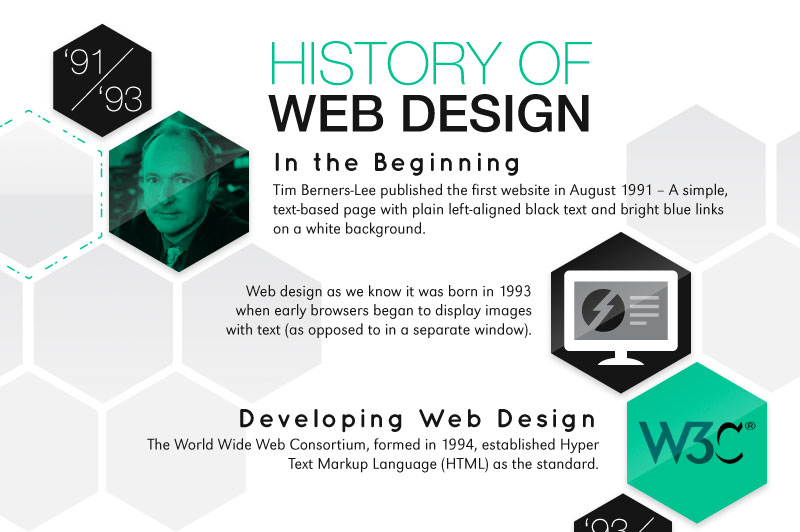Website Design: Enhancing User Experience For Better Conversions
Website Design: Enhancing User Experience For Better Conversions
Blog Article
Content By-Herrera Bragg
Have you ever checked out a web site that took for life to load, had a confusing navigating system, or didn't display appropriately on your mobile device? Possibilities are, you swiftly deserted that website and went on to one that gave a much better customer experience.
In today's affordable on the internet landscape, it's essential for businesses to prioritize web design that improves customer experience in order to drive better conversions. In this conversation, we will explore the significance of receptive design, the usage of user-friendly navigating, and the optimization of web page lots speed to produce a seamless and interesting individual trip.
Keep tuned to uncover exactly how these components can substantially influence your website's success.
Relevance of Responsive Layout
Responsive layout is crucial in today's digital landscape for developing web sites that adjust seamlessly to different display dimensions and gadgets. When your internet site is receptive, it immediately changes its design and material to fit any kind of tool, whether it's a mobile phone, tablet, or desktop computer. This is vital since increasingly more individuals are accessing the internet through their mobile phones.
If your website isn't responsive, it can cause a bad individual experience. Individuals may need to pinch and zoom to review material, switches might be too small to click, and photos may not be enhanced for smaller sized screens. This can annoy individuals and bring about high bounce prices and reduced conversions.
Using Intuitive Navigating
When making a responsive website, it is essential to focus on utilizing instinctive navigation for an enhanced customer experience.
User-friendly navigating describes arranging your internet site's menu and navigation elements in a sensible and straightforward way. By doing so, you make it much easier for site visitors to locate what they're seeking and navigate via your web site easily.
Intuitive navigating helps in reducing complication and aggravation, inevitably leading to better individual involvement and enhanced conversions.
To accomplish intuitive navigating, think about using clear and descriptive tags for your menu products, carrying out a constant layout across all pages, and including search performance for quick accessibility to particular material. Additionally, best managed wordpress hosting to focus on vital web pages and info, guaranteeing they're plainly presented and conveniently accessible.
Optimizing Page Load Rate
To improve individual experience, it's crucial to maximize the web page load speed of your website. Slow-moving packing times can annoy customers and lead to higher bounce prices.
Fortunately, there are a number of approaches you can apply to boost your internet site's lots rate. To start with, think about reducing the dimension of your photos by pressing them without jeopardizing top quality.
In addition, enhance your code by reducing unneeded scripts and CSS data. Another effective strategy is to leverage web browser caching, which allows certain components of your site to be kept in your area, decreasing lots times for returning visitors.
Additionally, take into consideration using a material distribution network (CDN) to distribute your site's documents throughout multiple servers, boosting load rate for individuals in different geographical locations.
Suggested Web site
To conclude, by using receptive layout, user-friendly navigation, and maximizing web page tons speed, website design can considerably improve user experience and drive better conversions.
With a straightforward interface, very easy navigation, and fast filling times, internet sites can catch and keep the attention of individuals, resulting in boosted involvement and higher conversion rates.
So, don't postpone in carrying out these web design methods to make certain a smooth and effective user experience!
